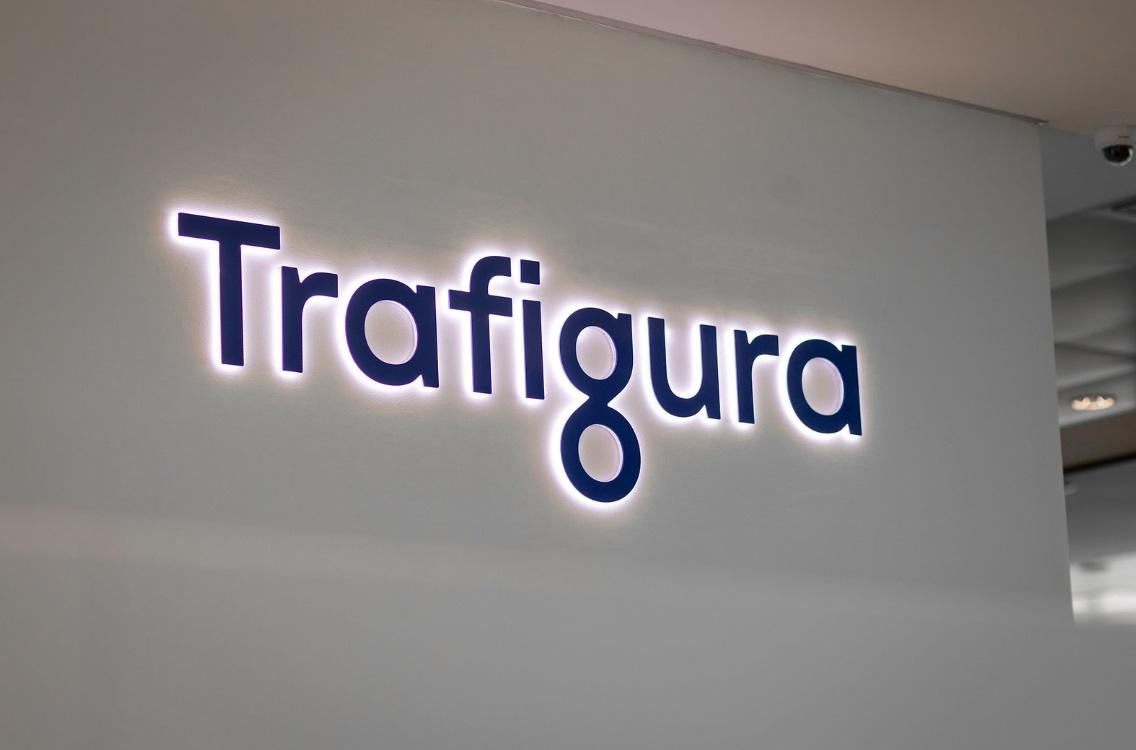Lafarge Teams with European Industrial Group to Capture CO2
Building materials giant Lafarge announced today that it has joined forces with a group of other European companies to build an industrial-scale carbon capture plant. Lafarge Zementwerke signed an MOU, together with OMV, VERBUND and Borealis for the planning and construction by 2030 of a full-scale plant that will capture CO2 and process it into synthetic fuels, plastics or other chemicals.
OMV produces oil and gas, innovative energy solutions and petrochemicals. VERBUND is an Austrian utility company that derives 95% of its electricity from renewables. Borealis is a provider of polyolefin, base chemical and fertilizer solutions. The project, ‘Carbon2ProductAustria’ (C2PAT), brings together several large industrial players representing multiple sectors to address a significant environmental issue. Cement production has come under considerable scrutiny in recent years for its climate impact, contributing approximately 8% of global CO2 emissions.
The plant planned by C2PAT is intended to capture almost 100% of the annually emitted 700,000 tons of CO2 at Lafarge’s cement plant in Mannersdorf, Austria. Using green hydrogen produced by VERBUND, the captured CO2 will be transformed into renewable-based hydrocarbons, which can be used by Borealis as feedstock for value-add plastics, or for production of renewable-based fuels. The plastics produced by this process would be well suited for recycling, creating a closed CO2 “circular” loop.
The use of green hydrogen in the carbon capture projects enhances the sustainability profile of the project. Hydrogen has long been seen as one of the key building blocks of the transition to a cleaner energy future, given its ability to act both as a clean energy carrier and fuel, as well as a CO2-neutral feedstock for the production of green chemicals. Green hydrogen uses an electrolysis process to extract hydrogen from water, using a renewable source of energy such as wind or solar, with only oxygen released as a byproduct. Explaining the benefits of this resource, Michael Strugl, Deputy CEO VERBUND, said:
“Green hydrogen is produced when water is electrolyzed using electricity from renewable sources. For the Carbon2ProductAustria-Project we will use green electricity from our renewable generation portfolio. Green hydrogen offers huge potential for decarbonizing CO2-intensive industrial processes. In order to reach our national and global climate goals we have to collaborate across sectors and join our efforts for decarbonization and climate neutrality.”
Commenting on the new carbon capture project, Lafarge CEO José Antonio Primo said:
“We are committed to leading the industry in reducing carbon emissions and shifting towards low-carbon construction. We have worked consistently and successfully on the reduction of the CO2 footprint of our cement plants, products and solutions. Ultimately, CO2-neutral cement production can only be possible with the implementation of breakthrough technologies, like Carbon Capture, which is why we have great expectations for the C2PAT project.”
Rainer Seele, OMV Chairman of the Executive Board and CEO commented:
“Climate protection requires innovation and cooperation. With this project we aim to do both, and it shows that economic viability and climate protection go hand in hand based on new technologies. CO2 is not just a greenhouse gas that we have to reduce. It is also a valuable raw material from which we can produce synthetic fuels and feedstock for the chemical industry.”
Borealis CEO Alfred Stern, discussing the circularity benefits of the project, added:
“Circularity requires us to consider the whole system, and not default to the least change, linear option because it is more convenient. The plastics industry can be a powerful contributor to climate action, through materials replacement that reduces weight, by minimising food waste and by shifting to well-designed circularity that reduces CO2 emissions. We are excited to join forces with our industry partners on our mission to drive the change towards a Zero CO2 industry.”





